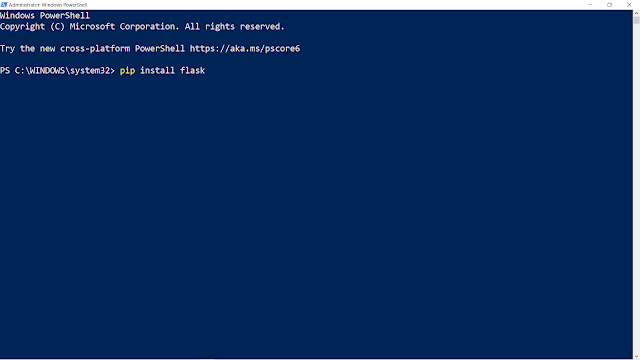learnpython24-(Python Anonymous/Lambda Function)
Python Anonymous/Lambda Function
In this article, you'll learn about the anonymous function, also known as lambda functions. You'll learn what they are, their syntax and how to use them (with examples).
What are lambda functions in Python?
In Python, an anonymous function is a function that is defined without a name.
While normal functions are defined using the def keyword in Python, anonymous functions are defined using the lambda keyword.
Hence, anonymous functions are also called lambda functions.
How to use lambda Functions in Python?
A lambda function in python has the following syntax.
Syntax of Lambda Function in python
lambda arguments: expression
Lambda functions can have any number of arguments but only one expression. The expression is evaluated and returned. Lambda functions can be used wherever function objects are required.
Example of Lambda Function in python
Here is an example of lambda function that doubles the input value.
# Program to show the use of lambda functions
double = lambda x: x * 2
print(double(5))Output
10
In the above program, lambda x: x * 2 is the lambda function. Here x is the argument and x * 2 is the expression that gets evaluated and returned.
This function has no name. It returns a function object which is assigned to the identifier double. We can now call it as a normal function. The statement
double = lambda x: x * 2
is nearly the same as:
def double(x): return x * 2
Use of Lambda Function in python
We use lambda functions when we require a nameless function for a short period of time.
In Python, we generally use it as an argument to a higher-order function (a function that takes in other functions as arguments). Lambda functions are used along with built-in functions like filter(), map() etc.
Example use with filter()
The filter() function in Python takes in a function and a list as arguments.
The function is called with all the items in the list and a new list is returned which contains items for which the function evaluates to True.
Here is an example use of filter() function to filter out only even numbers from a list.
# Program to filter out only the even items from a list
my_list = [1, 5, 4, 6, 8, 11, 3, 12]
new_list = list(filter(lambda x: (x%2 == 0) , my_list))
print(new_list)Output
[4, 6, 8, 12]
Example use with map()
The map() function in Python takes in a function and a list.
The function is called with all the items in the list and a new list is returned which contains items returned by that function for each item.
Here is an example use of map() function to double all the items in a list.
# Program to filter out only the even items from a list
my_list = [1, 5, 4, 6, 8, 11, 3, 12]
new_list = list(filter(lambda x: (x%2 == 0) , my_list))
print(new_list)Output
[2, 10, 8, 12, 16, 22, 6, 24]

Comments
Post a Comment